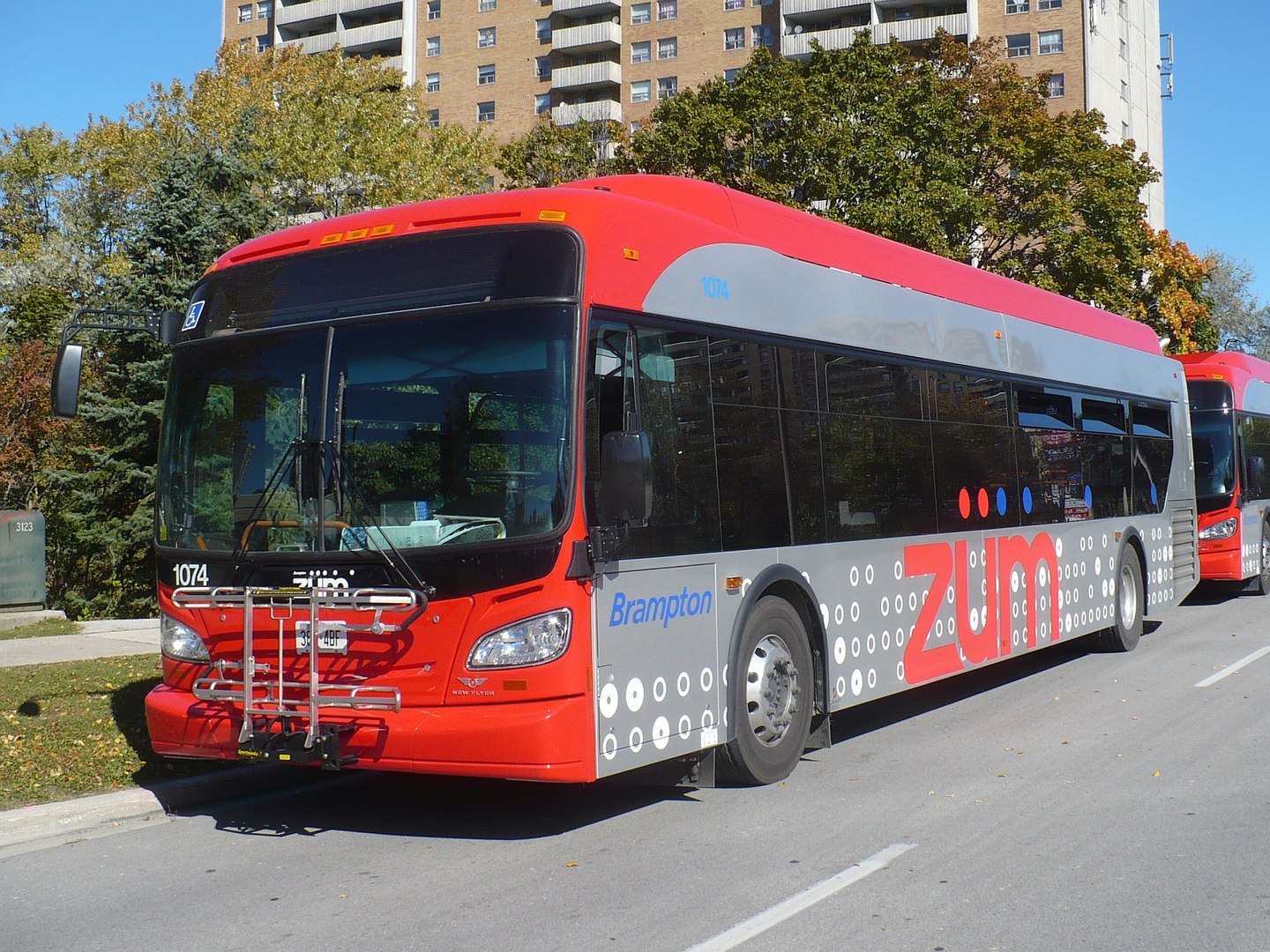Brampton City Council recently approved plans for Brampton Transit’s fully electric transit maintenance and storage facility. Brampton Transit’s third facility will be one of the largest new bus facilities in North America constructed to help support a fully electric, zero-emissions bus fleet.
This new facility is targeted for construction in two phases starting in 2022, with Phase 1 completion estimated for late 2024. Phase 1 of the new facility is expected to store approximately 250 buses, and Phase 2 is expected to store an additional 188 buses, for a total of 438 buses. The construction of this facility, including full electrification requirements, is contingent upon receiving funding from other levels of government.
“Brampton is a leader in sustainable transportation. A well-connected, sustainable transit network is critical to building Brampton’s position on Canada’s Innovation Corridor, and I am proud to be a part of such a forward-thinking Council,” said Brampton Mayor Patrick Brown. “These concrete steps move our City closer to achieving our climate change goals, as with each battery-electric bus put into service, we will save approximately 235 tonnes C02 emissions per year, per bus. We are continuing our partnership with the federal government to bring zero-emission buses to Brampton, and serving our residents with an excellent transit system.”
Facility features could include the following elements:
- High-powered (600kWh) overhead pantograph style chargers and/or plug-in style overnight chargers to support zero-emission battery-electric buses.
- Consideration of future hydrogen storage tanks and/or hydrogen generation equipment to support zero-emission fuel cell electric buses.
- On-site energy storage capacity to provide optimal energy efficiency including peak-shaving and smart grid management.
- Substations (e.g. 20 megawatt) to support the power demand required to charge the fleet.
- Dedicated areas in the maintenance section of the facility to support repairs to the high voltage systems, and specialized maintenance equipment and tools required to support a fully electric bus fleet.
The cost estimate for electrification requirements in Phase 1 of this facility is $120-$150 million. This does not include the additional investments required to introduce a fully electric zero-emission bus fleet, the purchase of electric buses, or additional infrastructure required beyond the property such as on-street eChargers and power grid improvements.
Electric buses would be introduced into the location as new growth buses and replacement buses are purchased based on Brampton’s 10-year capital forecast and approved budgets, including Investing in Canada Infrastructure Program (ICIP) and other funding.
The City of Brampton and Brampton City Council are working together to move forward on design and funding for the new facility. Based on existing ridership, high population growth over the past three years and projected future growth, this new transit facility would be beneficial for Brampton.
This first-of-its-kind integration project is the result of ongoing collaboration between Brampton Transit and the Canadian Urban Transit Research and Innovation Consortium (CUTRIC), manufacturers of the fully electric buses New Flyer Industries and Nova Bus, and charging station manufacturers ABB and Siemens. The unprecedented initiative has brought multiple levels of government, bus and charger manufacturers, system integrators, academia, and funding partners together to implement electric buses in Brampton.
Brampton Transit currently has a fleet of 125 diesel-electric hybrid Züm buses, representing 28 per cent of its entire fleet.















